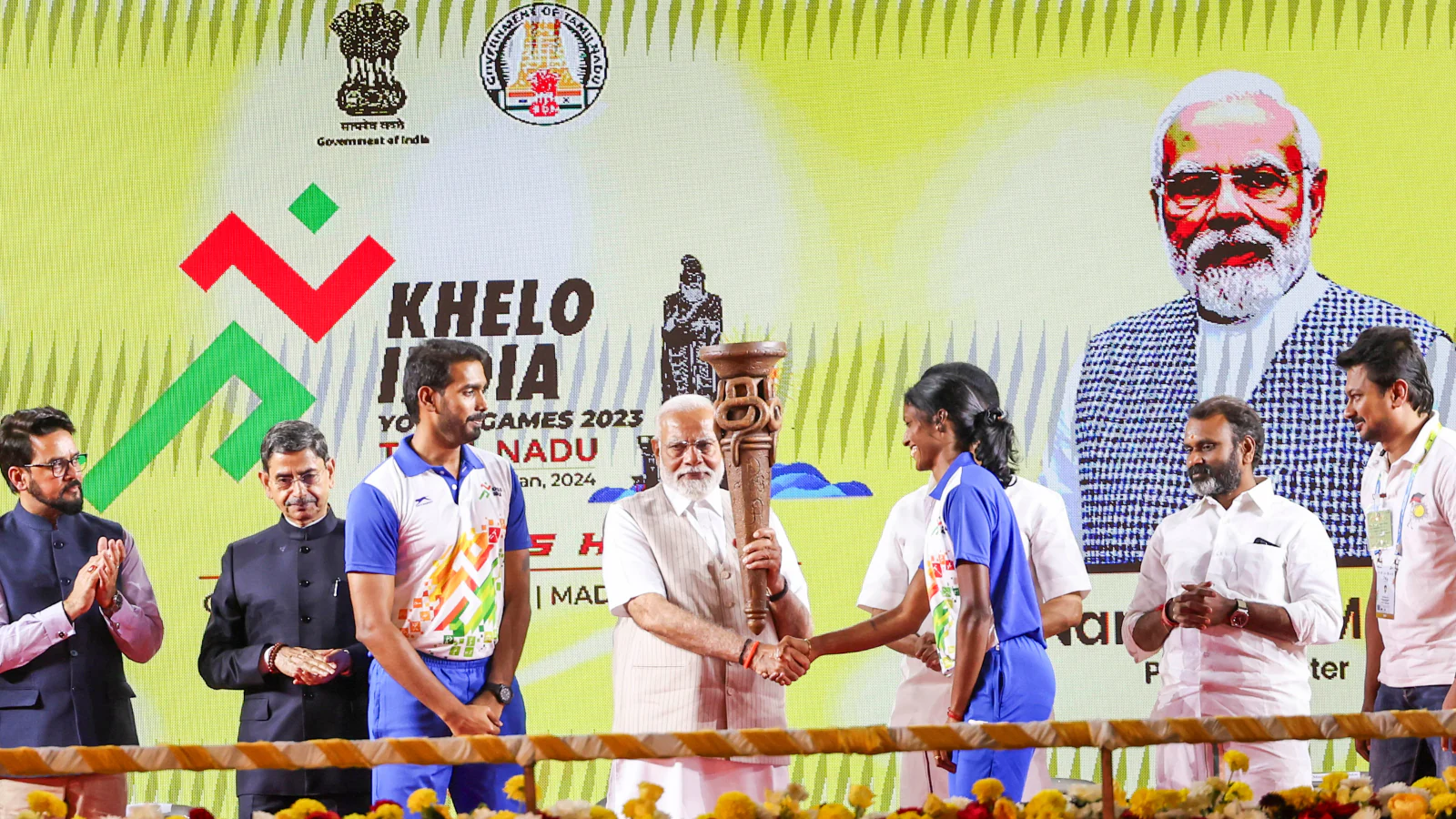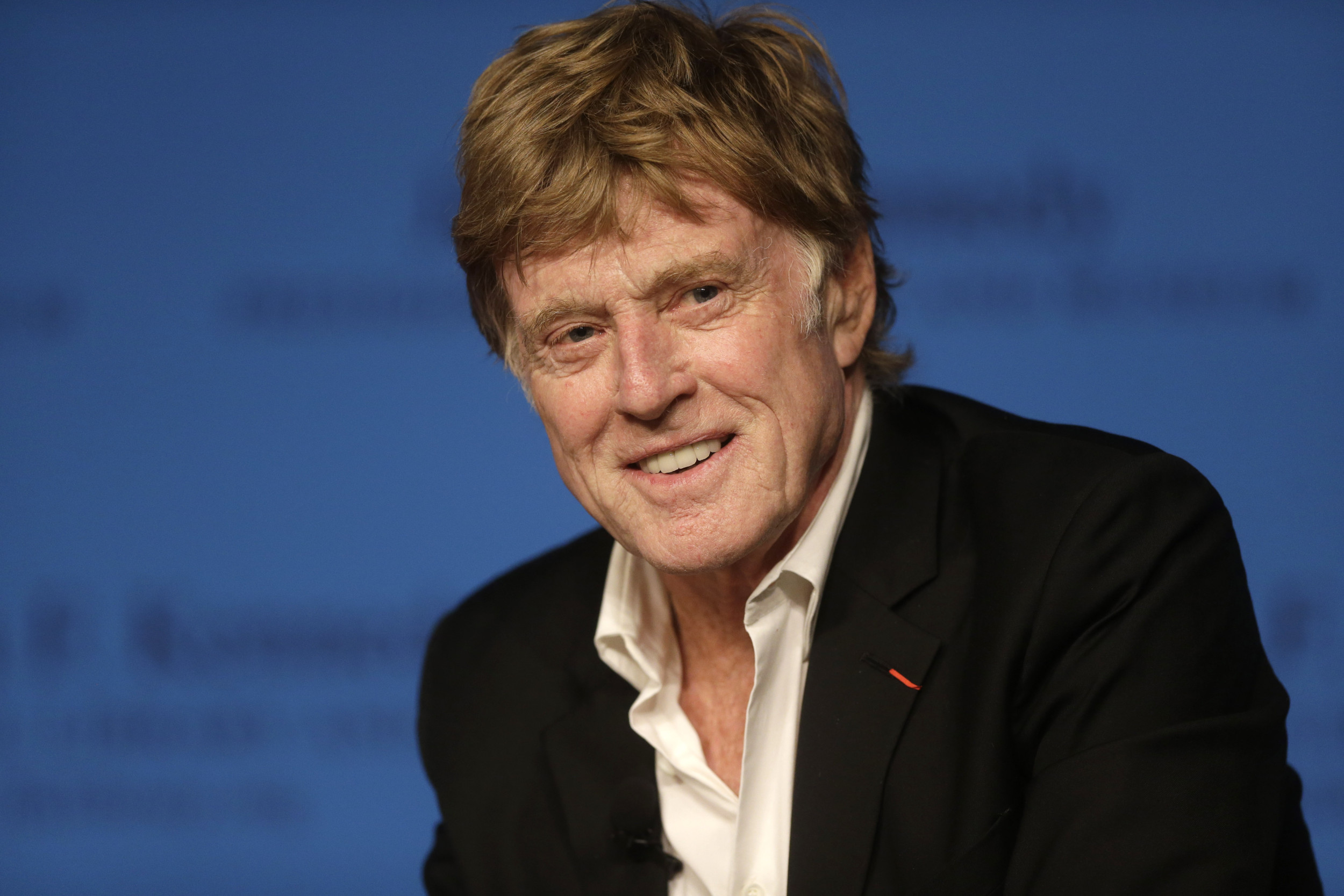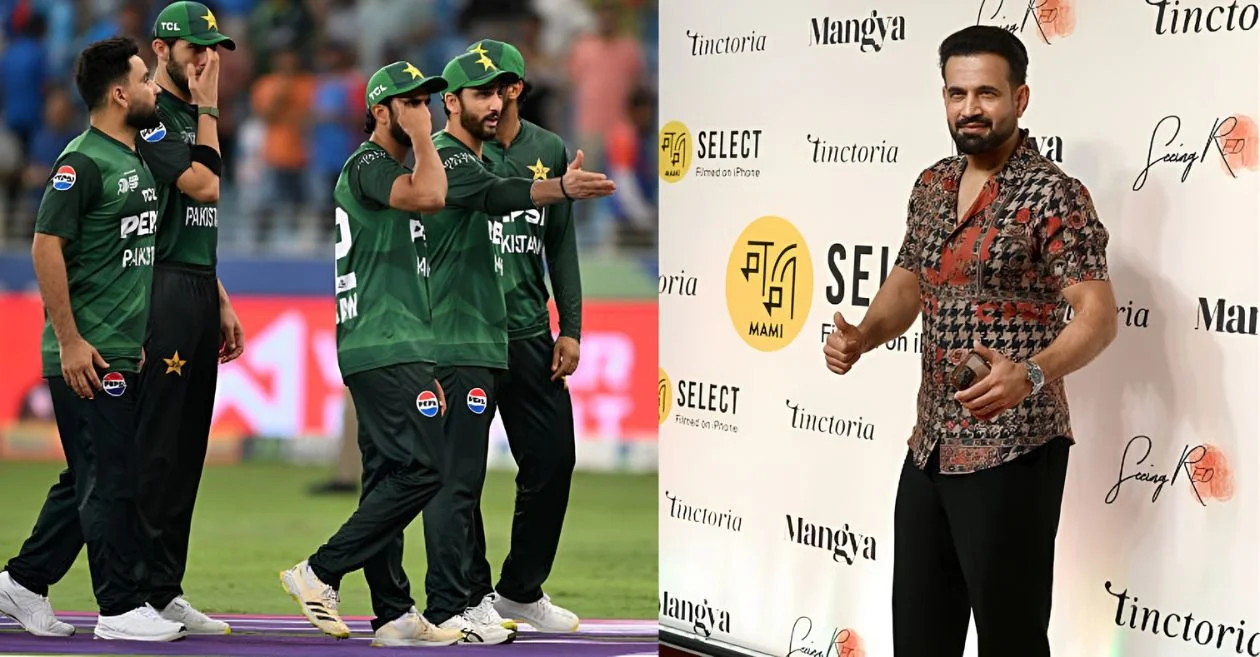Opinion | Positioning India As A Global Sporting Powerhouse: Transformation Of Sports Goods Sector
By Jalaj Dani,News18
Copyright news18

Under the dynamic leadership of Prime Minister Shri Narendra Modi, India has witnessed a paradigm shift in its approach to sports development since 2014. Sports are now recognised not only as a medium of fitness and recreation but also as a powerful tool to foster national pride, unity, and global excellence. Guided by the Prime Minister’s vision, India aspires to become a leading sporting nation, securing consistent podium finishes at the Olympics, Commonwealth Games, and Asian Games.
As India bids for the 2030 Commonwealth Games and aims to secure the 2036 Olympics, it is essential to work on both the soft infrastructure to identify, coach and nurture talent and hard infrastructure to ensure country’s sports facilities and manufacturing capabilities meet global standards, offering state-of-the-art training and competition venues.
On the soft infrastructure side, the government has already made sports a national priority through flagship initiatives such as Khelo India, Fit India Movement, Target Olympic Podium Scheme (TOPS), Khelo Bharat Niti 2025 and the National Sports Governance Act. These programs collectively aim to enhance India’s international sporting performance while building a robust and inclusive sporting ecosystem by employing two key strategies: backward linkages, which involve strengthening grassroots infrastructure, enhancing talent identification, and improving coaching and support systems; and forward linkages, which ensure that trained athletes have access to high-performance programs, international exposure, and top-tier facilities, enabling them to compete successfully at the global level.
To create a holistic sporting ecosystem, India now also needs a vibrant sports goods manufacturing sector which can not only ensure availability of high-quality sports equipment to our athletes at competitive prices but also help create millions of jobs through exports in this large and growing segment.
The Steering Committee for Advancing Local Value-add and Exports (SCALE), established in 2020, under the aegis of the Department for Promotion of Industry and Internal Trade (DPIIT), Ministry of Commerce and Industry, has identified Sporting Goods and Gym Equipment as one of the key champion sectors. Since its inception, the committee has been actively working to enhance local value addition, generate employment opportunities, and strengthen India’s manufacturing capabilities across 24 champion sectors—firmly aligned with the overarching vision of ‘Atmanirbhar Bharat’.
The global sports goods market, valued at around $700 billion in 2024, is projected to reach $1 trillion by the next decade, growing at a CAGR of 6–7 per cent. Within this, the sports equipment segment, currently worth $140 billion, is expected to nearly double to $300 billion by 2036. India’s exports, at just $250 million, represents less than 0.5 per cent of the global market. Recognising the segment’s limited presence in the global exports, the SCALE identifies export-led growth as a vital pathway to expansion.
India’s sports goods manufacturing industry is blessed with a rich legacy of craftsmanship, a skilled workforce, and presence of highly entrepreneurial SMEs. As such, the nation holds strong potential through its MSME-led manufacturing sector, which is well-established in producing cricket gear, inflatable balls, nets, and fitness equipment, with major hubs in Meerut, Jalandhar, Ludhiana, and Delhi. However, the sector faces several challenges that hinder growth, including highly fragmented, with most units small and unable to afford modern machinery of automation, lack of R&D or design innovation, lack of testing labs, high raw material costs, shortages in infrastructure and land, challenges in technology transfer, difficulties with branding and certification, and logistics inefficiencies. These factors have negatively impacted the industry’s potential to scale and compete globally.
The government’s ambition is clear — boost India’s share to 15 per cent by 2036, achieving an $11 billion export market and expecting to generate 22 lakh direct and 45 lakh indirect jobs. A target of this magnitude calls for more than effort — it calls for unity, ambition, and belief. It calls for all the stakeholders to truly embody the Olympic credo of ‘Faster, Higher, Stronger – Together’. The Government must lead with bold policies. Manufacturers must dare to innovate and compete on the world stage. National Sports Federations must become champions of collaboration — working across sectors to ensure Indian sporting goods gain global acceptance. Only through cohesive and committed action can such an ambitious vision be realised. Though the goal may seem ambitious at first glance, a focused five-pronged strategy can enable India to unlock its true potential in the global sporting goods market.
Modernisation and scale: Provide MSMEs access to affordable credit, shared machinery hubs, and incentives for automation and advanced manufacturing.
Innovation and R&D: Establish dedicated design and testing centres, encourage university–industry collaboration, and promote indigenous innovation in materials and equipment.
Infrastructure and logistics: Develop integrated sports manufacturing parks with plug-and-play facilities, better connectivity, and streamlined logistics. In addition, a dedicated market place can be developed for global buyers in and around the NCR region, to effectively promote Indian sports goods on a global scale.
Global integration: Provide incentives for Indian companies to acquire global certifications and strengthen branding of “Made in India” sports goods.
Skill development: Launch specialised training programs in sports engineering, product design, and sports science to build a future-ready workforce.
The Government has already indicated strong intent in fostering a new era in the Indian sports manufacturing sector last week by notifying Sports Goods Manufacturing sector in business allocation of Department of Sports. Immediately, at the first-ever Sports Goods Manufacturing Conclave held on 30th August 2025, various stakeholders like NITI Aayog, FICCI, Railways, Sportscom (CII), MSMEs, and key sports industry players were invited to chart a new roadmap for strengthening India’s sports goods manufacturing capabilities. The thrust of the conclave was to plan integration of sports goods manufacturing with the national growth agenda. The Union Minister for Youth Affairs & Sports Dr Mansukh Mandaviya set the tone by opening Gateway for Government- Industry Interface by unlocking the sector’s vast untapped potential.
India’s sports goods manufacturing sector stands on the brink of a significant transformation. The government is committed to achieving Prime Minister’s vision of a “Viksit Bharat” (Developed India) by 2047, marking the centenary of India’s independence wherein the Sports Sector’s role remains vital in terms of making India a sporting hub, increasing the medal tally at major International sporting events and bringing India’s sports goods manufacturing industry to its deserving level.
Jalaj Dani is the President of Sportscom (CII) & Member of Steering Committee for Advancing Local Value-Add and Exports (SCALE). Views expressed in the above piece are personal and solely those of the author. They do not necessarily reflect News18’s views.



